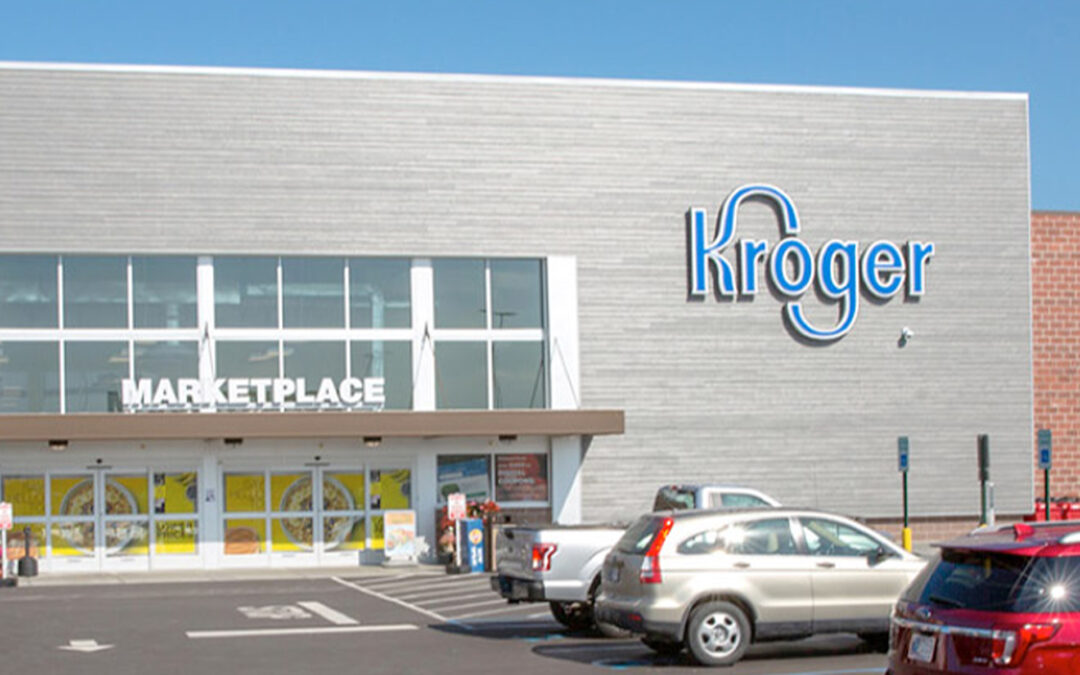Shoppers are still willing to spend and inflation is slipping toward the point of comfort for the United States Federal Reserve, but the labor market remains tight and some uncertainty continues to hang over the U.S. economy, according to National Retail Federation chief economist Jack Kleinhenz.
Commenting in the June NRF Monthly Economic Review, Kleinheinz said the expectation remains for gross domestic product to advance about 2.3% over 2023. Employment is likely to grow by an average of 180,000 jobs a month, about 50,000 higher than expected earlier this year. Yet, Kleinhenz noted that he expects inflation as measured by the Personal Consumption Expenditures Price Index, a Fed favorite metric, to shrink, reaching about 2.2% by this year’s end and close to the Federal Reserve’s 2% target.
Increased immigration, as experienced in the U.S., could explain “some of the surprising strength in consumer spending since 2022,” Kleinhenz said. The availability of more workers, particularly in low-wage jobs, can help limit wage-driven inflation.
Inflation came in higher than expected during the first few months of 2024, but prices for services drove much of the gain, and the trend should be short-lived, Kleinheinz said. Overall year-over-year inflation stood at 2.7% in March, according to the PCE index. Service-sector prices, up 4%, drove the gain in inflation as prices for goods were unchanged from a year earlier and have been gradually declining.
Kleinhenz stated he had expected the Fed to begin to lower interest rates in July, but now, given the overall inflation trend, he doesn’t anticipate a cut occurring until later in the year.
“U.S. economic growth for the remainder of this year will depend on several factors but particularly the pace of job growth, inflation and what actions will be taken by the Federal Reserve,” Kleinhenz said. “The good news is that the economy is growing, inflation is moderating and overall fundamentals look fine as increased consumer spending supports underlying momentum.”
The top change in the economic outlook, he said, “since our initial projections are that immigration has been much stronger.” The Congressional Budget Office now estimates that net immigration last year was 3.3 million, more than triple the previous estimate of 1 million, Kleinhenz pointed out.
“New immigrants have increased the supply of workers, raising production capacity, closing some shortages in the labor market and allowing the economy to generate jobs without overheating and accelerating inflation,” he said
The data-focused Fed wants to see inflation decline for several consecutive months before it cuts rates, Kleinhenz said.
“The Fed has managed to restrain the economy and bring down inflation, and a delay in easing should further cool the economy and keep our initial GDP growth projection intact,” Kleinheinz maintained. “The broader trend of lower inflation has not shifted, and the mix of inflation rates should become more favorable, with slower price growth in the service sector and less deflation of prices for goods.”
Although consumer spending growth has begun to ease owing to slower job and wage gains, higher interest and tighter credit, “consumers clearly remain willing to spend,” Kleinheinz continued. “Core retail sales as defined by NRF, based on Census Bureau data but excluding automobile dealers, gasoline stations and restaurants, were up 3.8% unadjusted year-over-year for the first four months of the year. That is in line with NRF’s forecast for 2024 retail sales to grow between 2.5% and 3.5% over 2023.”





